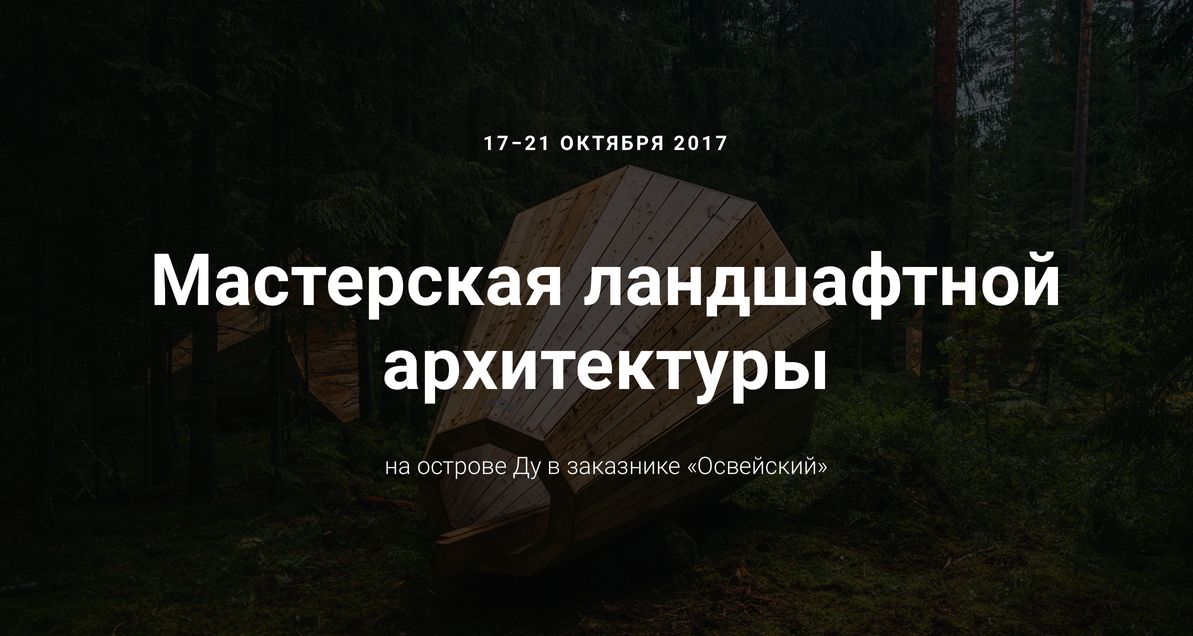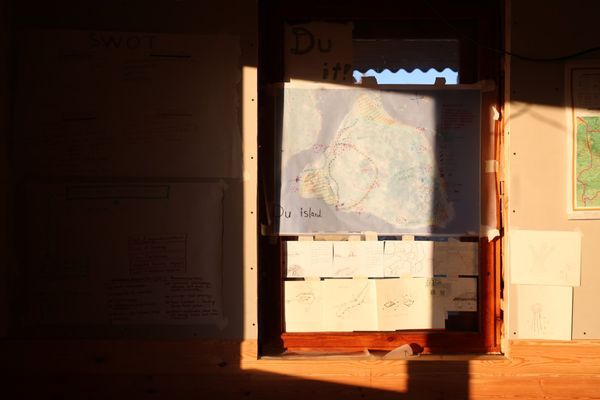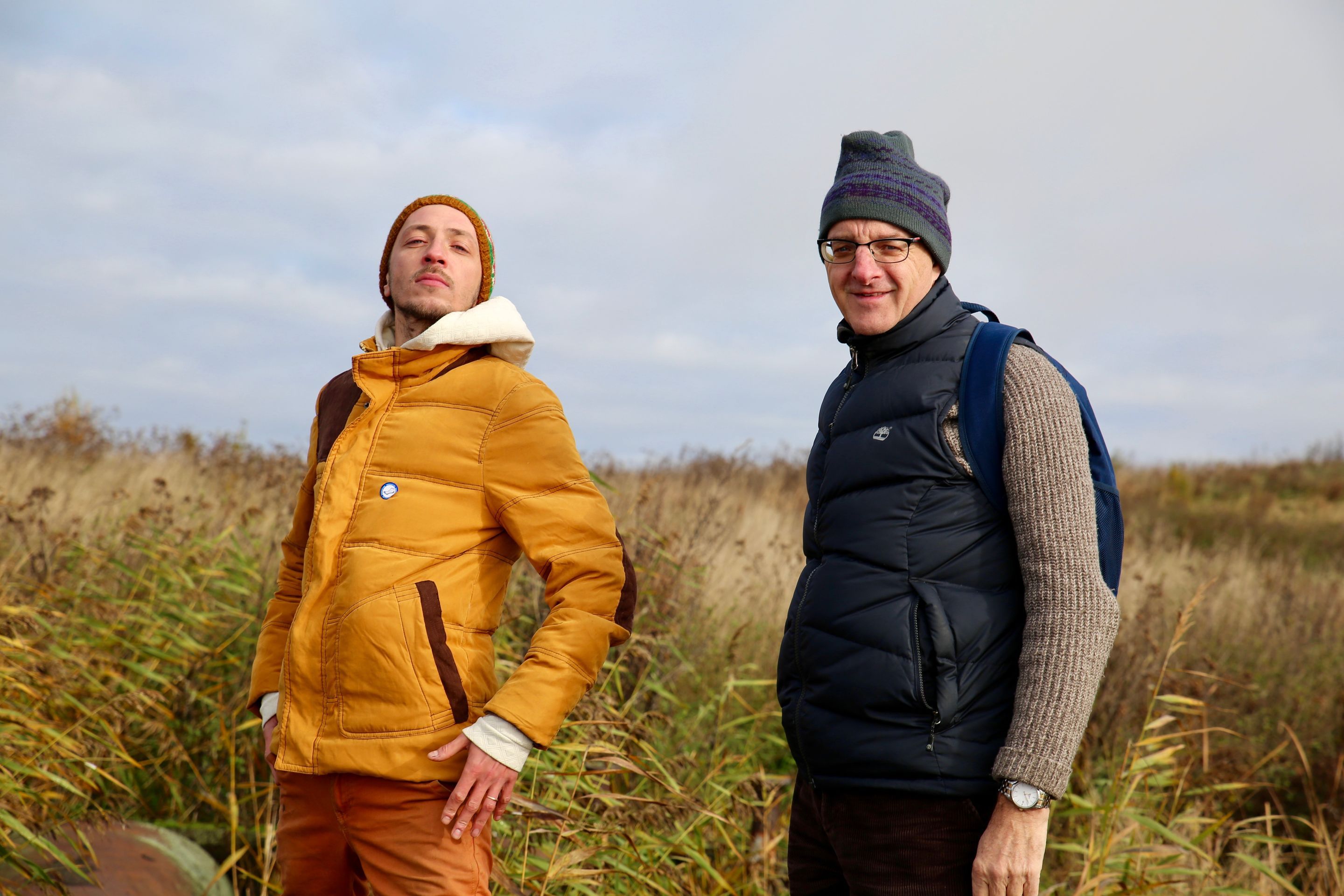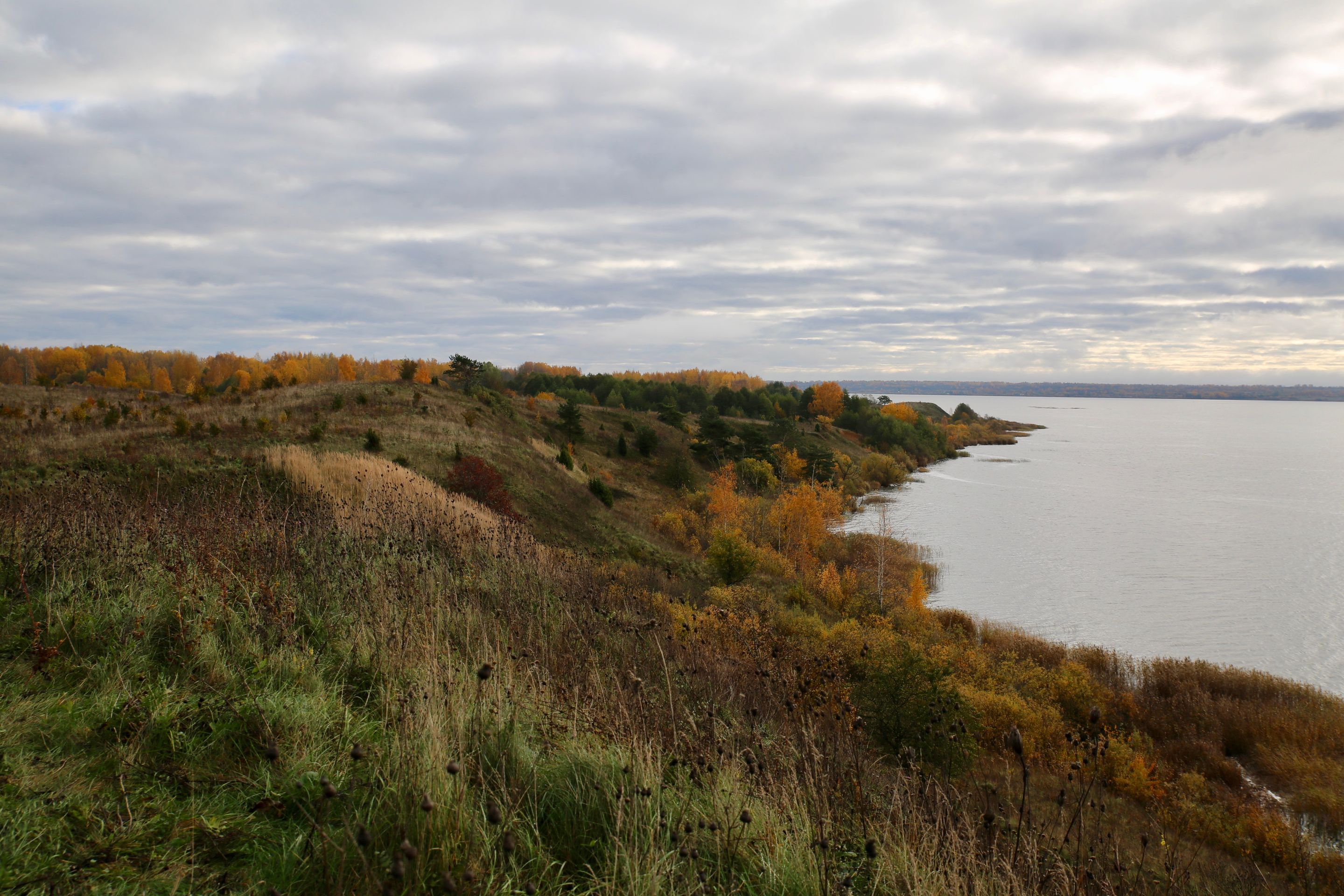Landscape Architecture Workshop
- Topic: Ecotourism
- Date: 2018-06-30 22:06
The workshop was created to develop an ecological trail on the largest island of Belarus. Belarusian and Estonian landscape architects were invited to participate, who explored the area for five days. The workshop resulted in three concepts for the development of ecological paths on the island, which can contribute to the development of tourism in the Osveisky reserve.
The island of Du, the reserve Osveysky (Vitebsk region), 2017
We created a design for outdoor activities, thinking through both the concept of the object itself, which was planned to be visited, and infrastructure facilities: walking trails, nature observation points, information signs, picnic areas, parking for cars, camping, rest by the water, etc.
In October 2017, Bagna, in partnership with the Estonian Foundation for Nature (ELF), organized a 5-day visiting workshop for 15 landscape architects who worked on the environmental trail project on the island of Doo, the largest island of Belarus. The workshop was curated by Professor Simon Bell, Head of the Landscape Architecture Department of the Estonian University of Life Sciences, and from the Belarusian side by the artist Igor Stakhievich aka Bazinato. According to the results of the workshop, three versions of the trail were developed, one of which will be implemented within two years.
Workshop curators on workshop:
Among the participants from the Estonian side were six of my students from different countries: the Czech Republic, Austria, the Netherlands, Hungary, Estonia and Japan.
“And it brought a fresh look at the project, because these people have never been to Belarus and were able to show the Belarusian participants how the country is seen from the outside. Plus, all the experience that they received in their countries influenced what expectations they had or appeared during the project as ordinary visitors, for example. We united all participants into three groups, in which there were six people – three from each side, and tried to make the groups as mixed as possible by experience and education (there were biologists, landscape designers, architects, artists, etc.). Because of this, there was a lot of brainstorming and sharing of ideas, attitudes and methods during work”. – Simon Bell
Thinking over the workshop, we initially planned to create realistic works and to make sure that a person could touch nature as well as possible and, at the same time, injure her with minimal presence.
“But besides the creation of eco-trails on the island, I was also interested in introducing art and promoting environmental ideas through art. The initial task was the same for everyone: to explore the island, to understand how routes can pass, to pay attention to nature – what species live there, what happens to this island, because at the moment the territory is leased by a hunting ground”. – Bazinato
This workshop allowed us, employees of the reserve, to look at their territory and landscape with different eyes.
“Participants who had not previously seen these places and owned not so much information, presented three rather different projects during the week. I think that one of the projects will be embodied on the island and will attract more tourists. I felt that the architects tried to use the remnants of the civilization that once was on the island and include it in the route of the ecological trail. I liked the ideas related to the rethinking of the natural heritage: trees, abrupt change of landscape, swamps. But do not forget that the erected buildings in the future will require the support of a decent and safe state. But the reserve does not have the necessary number of workers and funds for reconstruction. Therefore, when planning, we will take into account that in the future we will need help”. – Director of the Osveisk Zakaznik Igor Romanyuk
Workshop participant Elena Tkachenko about the work done:
“Two groups interested in designing ecological paths on the island interacted with each other, and each participant received a realistic and positive result: as a result, three versions of the project were created. On the one hand, the biologists and the management of the Osveya sanctuary allowed to preserve the natural balance, to focus the visitor’s attention on the important natural characteristics of the territory. Artists and landscape architects, on the other hand, emphasized the importance of art objects, they reinforce the desire of visitors to think creatively and develop their aesthetic, emotional abilities to perceive the landscape. Students from the Estonian University worked together with Belarusian specialists. This circumstance harmoniously complemented each other from a professional point of view: in Belarus, the wild nature is indeed more “wild”, which was a surprise for many. After all, visitors discover wild beauty with fear and uncertainty, because there are no trails and signs. ”
3 stories of the island of Doo
“Make Du Great Again”
He concentrated his attention on the historical past of the island and the already existing buildings and proposed to create an open-air museum there. The architects suggest using the artifacts found on the island and creating land-art objects from them: for example, the remnants of residential buildings can be used as a shelter. Also, the team’s project provides for a marked walking trail, designated areas for events such as festivals and educational programs, a workout area and even a food court for animals.
“Du it”
draws attention to the main feature of the island – the landscape. Tourists should be offered the opportunity to explore the terrain and nature features. For this purpose, it is planned to create several equipped routes: for a short distance, average, for cyclists and for people with disabilities. There is also an idea to build a viewing platform from where you can look at the island from a height and watch the birds. At the same time, the most important principles are minimal intervention in the nature and use of exclusively local resources for the construction of structures.
“Durist”
this is the man who visits the island of Du. The main theme is a journey with direct interaction with nature. The team offered a series of ecological trails for lovers of being “in the wild”, adventure lovers, quests aimed at interactive training of the visitor. It is worth noting the following ideas: the construction of an obstacle course in the swamps; peculiar “ears” on the trees, through which it becomes easier to hear the sounds of nature; the entrance to an abandoned village through a small park nearby – it resembles a mystical portal.




